© 2025 MJH Life Sciences™ , Patient Care Online – Primary Care News and Clinical Resources. All rights reserved.
Sexual Health Fables, Fallacies, and Risk Mitigation: 6 Studies
Vaccines against herpes and chlamydia show promise but sexual health awareness in the US leaves a lot to be desired. The research explains.
Research on vaccines against genital herpes and chlamydia shows promise but Americans could use some re-education on sexually transmitted infections and diseases, including how they pass from person to person. Misconceptions about specific infections, poor knowledge of safe sex practices, and limited communication with sex partners are among the deficits uncovered in recent research. The good news is that novel screening strategies may help improve linkage to STI services. Click through the slides below for summaries of 6 new studies.
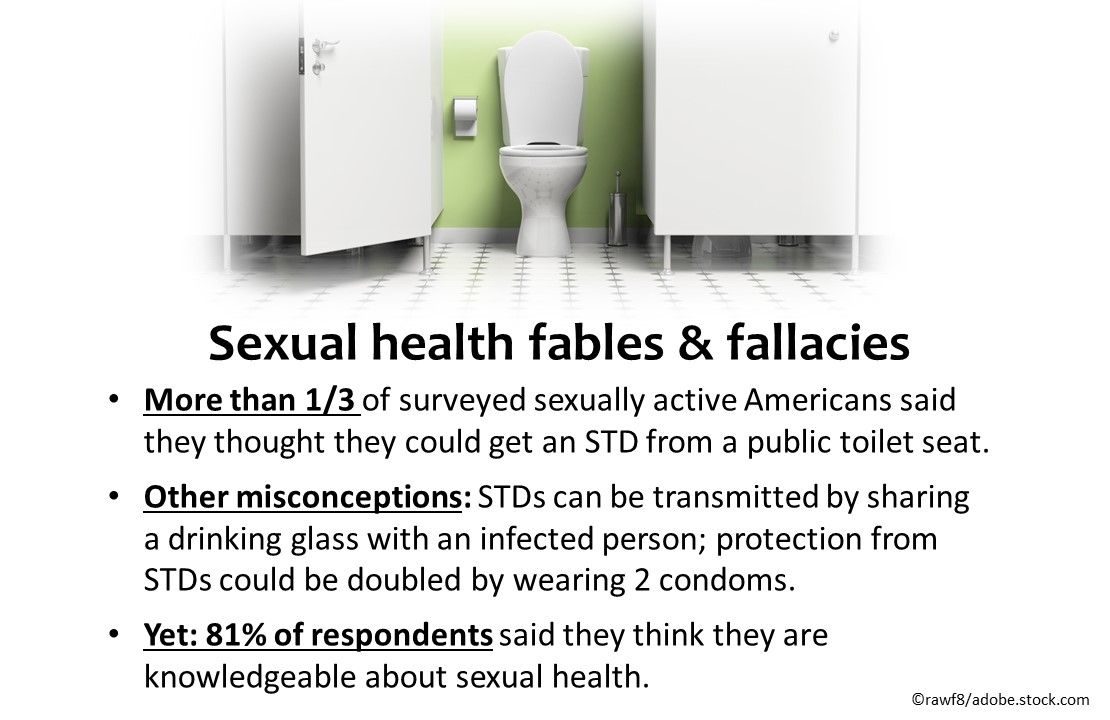
Sexual health fables and fallacies. In a survey of 2000 sexually active Americans sponsored by the American Sexual Health Association, more than one-third (34%) said they thought they could get an STD from a public toilet seat. Other reported misconceptions:
- STDs can be transmitted by sharing a drinking glass with an infected person (24%),
- An STD can be gotten through incidental contact (22%),
- Protection from STDs could be doubled by wearing 2 condoms (22%), and
- Wearing just 1 condom would provide full protection (36%).
Yet, 81% of respondents said they think they are knowledgeable about sexual health.
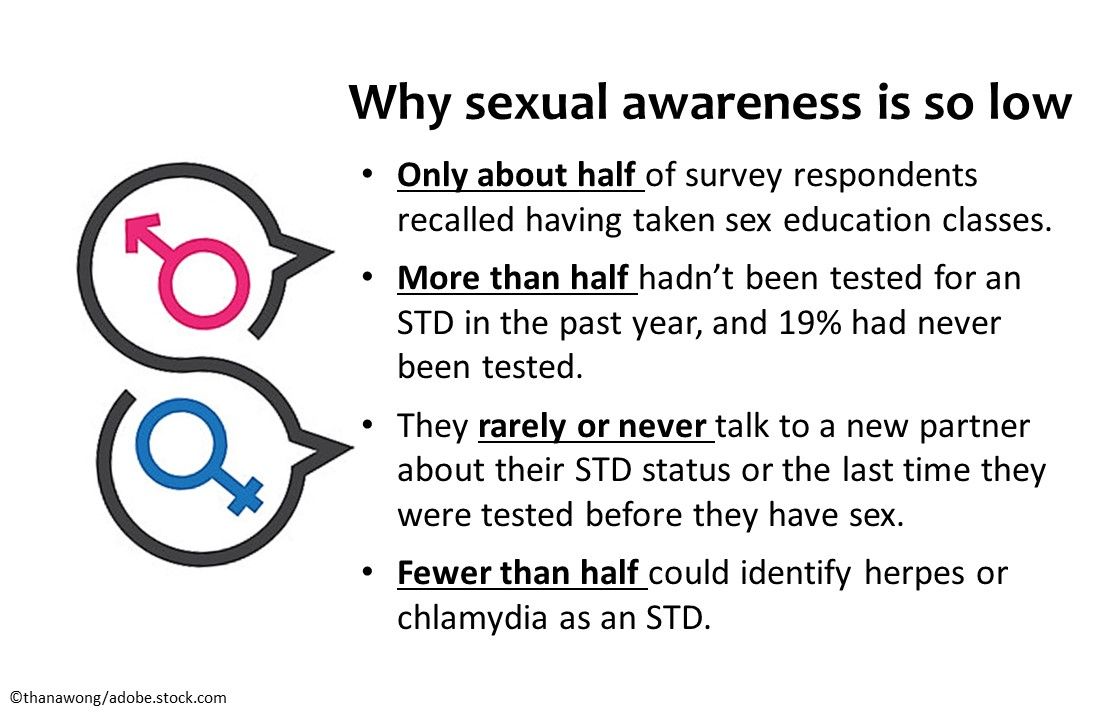
Why sexual awareness is lacking. The same sexual health survey identified a variety of factors that help explain a general lack of awareness among Americans. Only 52% recalled having taken sex education classes, and 53% of them said the classes taught only abstinence. Other responses: they hadn’t been tested for an STD in the past year (53%; were uncomfortable being tested [23%] and were worried about what the results might show [24%]), they had never been tested for an STD (19%), they rarely or never talk to a new partner about their STD status or the last time they were tested before they have sex (24%), and the main reason is that the topic is uncomfortable (43%). Fewer than half could identify herpes or chlamydia as an STD.
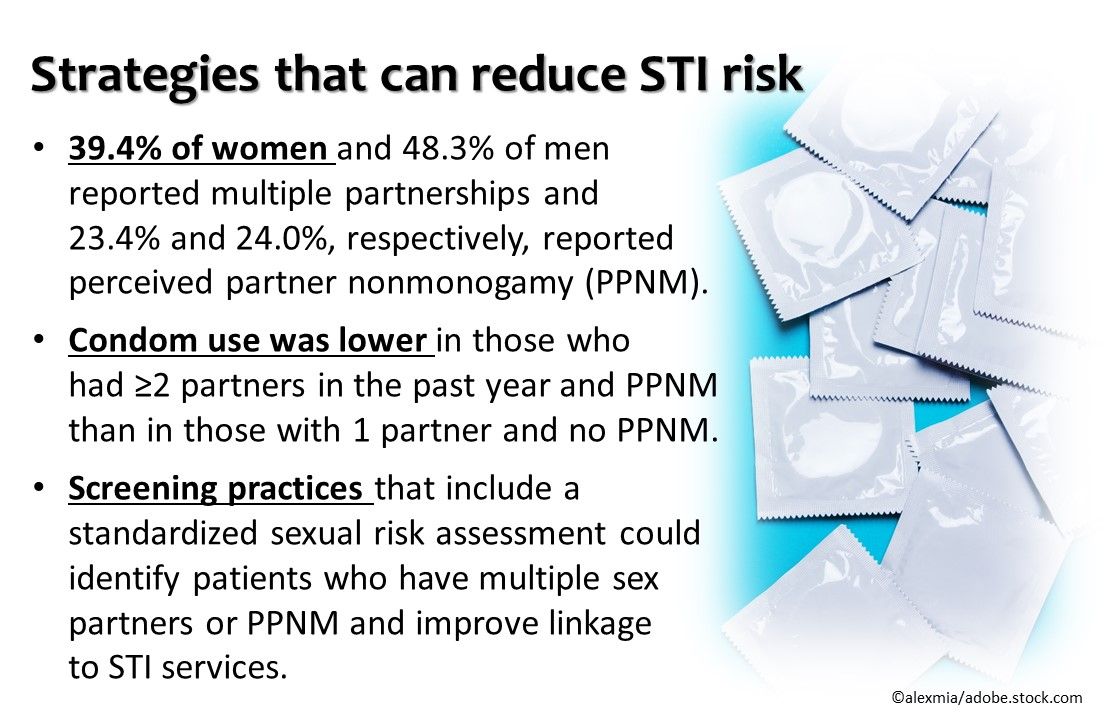
Strategies that can reduce STI risk. Screening practices that include a standardized sexual risk assessment could identify patients who have multiple sex partners or PPNM and improve linkage to STI services. In a study of unmarried, non-cohabiting sexually active persons aged 15 to 44 years, 39.4% of women and 48.3% of men reported multiple partnerships and 23.4% and 24.0%, respectively, reported PPNM. Condom use was lower in those who had ≥2 partners in the past year and PPNM than in those with 1 partner and no PPNM. STI testing was higher for groups with PPNM. The prevalence of past-year STI testing was greater in men with a steady sex partner who reported PPNM.
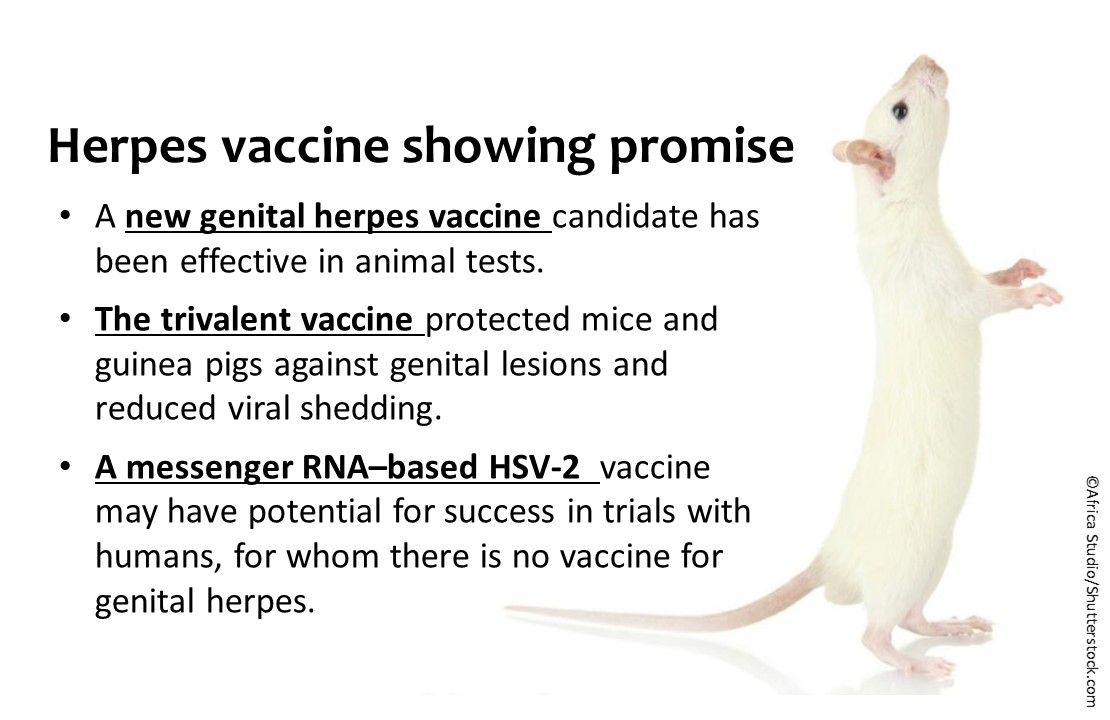
Herpes vaccine showing promise. A new genital herpes vaccine candidate has been effective in animal tests. Researchers evaluated a trivalent glycoprotein vaccine that contains herpes simplex virus type 2 (HSV-2) entry molecule glycoprotein D and 2 immune evasion molecules, glycoprotein C and glycoprotein E. The trivalent vaccine protected mice and guinea pigs against genital lesions and reduced viral shedding. The results suggest that a messenger RNA–based HSV-2 vaccine may have potential for success in trials with humans, for whom a vaccine for genital herpes does not exist.
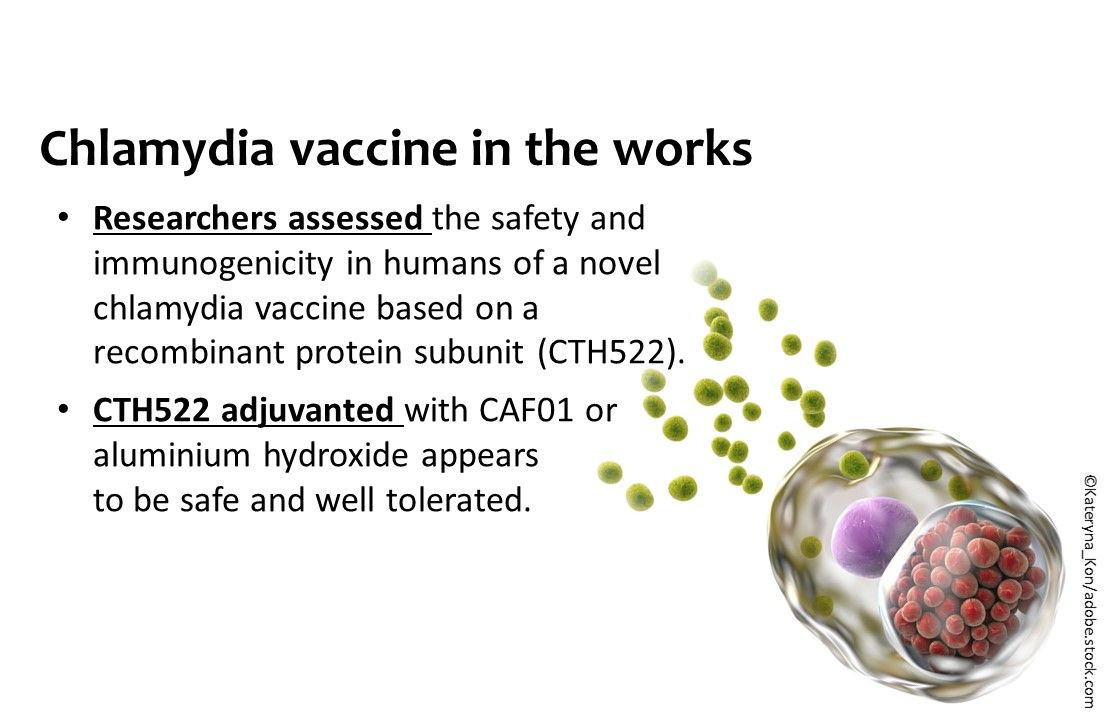
Chlamydia vaccine in the works. Researchers assessed the safety and immunogenicity in humans of a novel chlamydia vaccine based on a recombinant protein subunit (CTH522) in a prime–boost immunization schedule. In a phase 1, first-in-human trial, CTH522:CAF01 and CTH522:AH induced anti-CTH522 IgG seroconversion in 100% of participants after 5 immunizations; no participants in the placebo group seroconverted. CTH522:CAF01 showed accelerated seroconversion, increased IgG titers, an enhanced mucosal antibody profile, and a more consistent cell-mediated immune response profile than CTH522:AH. CTH522 adjuvanted with CAF01 or aluminium hydroxide appears to be safe and well tolerated.
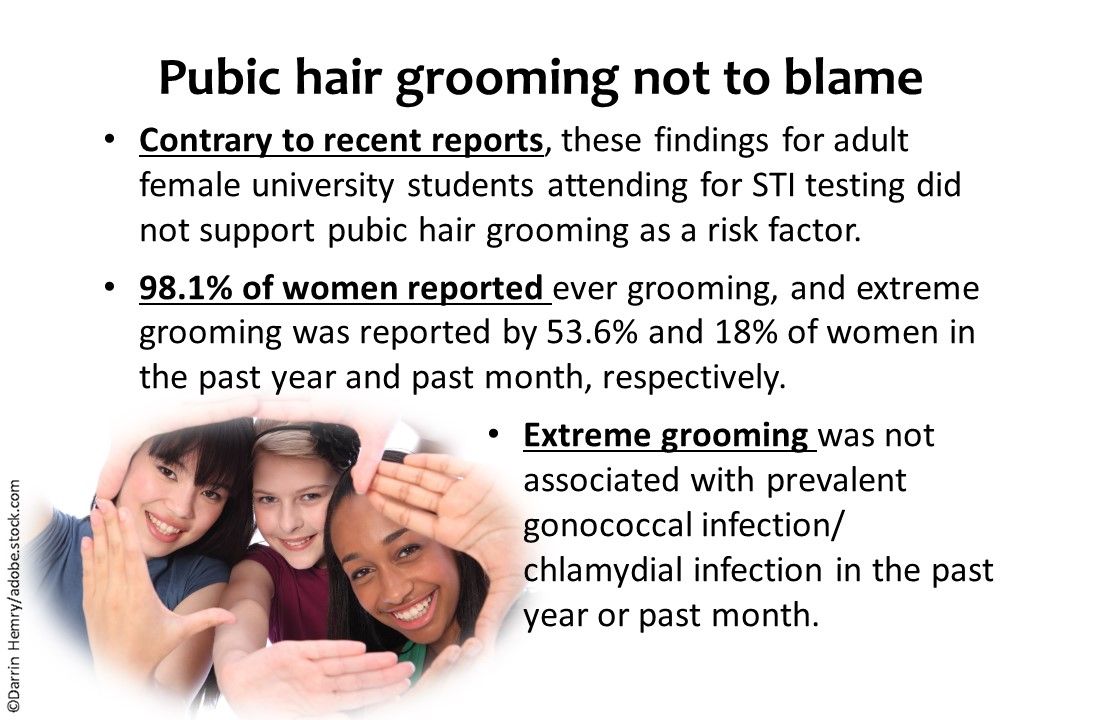
Pubic hair grooming not to blame. Contrary to findings that suggest a link between pubic hair grooming and self-reported history of STI, recent findings for adult female university students attending for STI testing did not support pubic hair grooming as a risk factor. The prevalence of gonococcal infection/chlamydial infection (GC/CT) was 9.8%. Almost all women (98.1%) reported ever grooming. Extreme grooming-defined as removal of all pubic hair at least weekly in the past 12 months or ≥6 times in the past 30 days-was reported by 53.6% and 18% of women in the past year and past month, respectively. Extreme grooming was not associated with prevalent GC/CT in the past year or past month.


